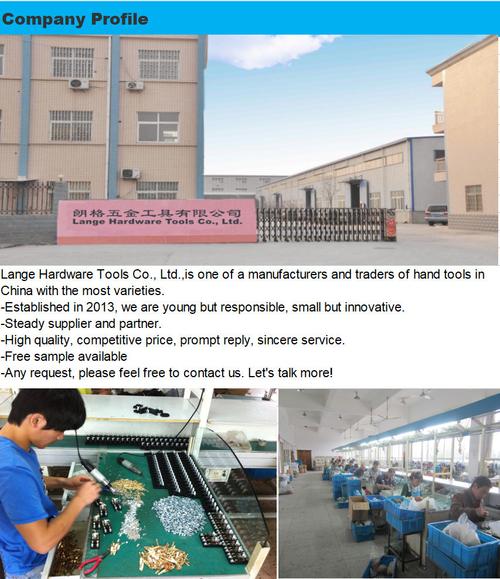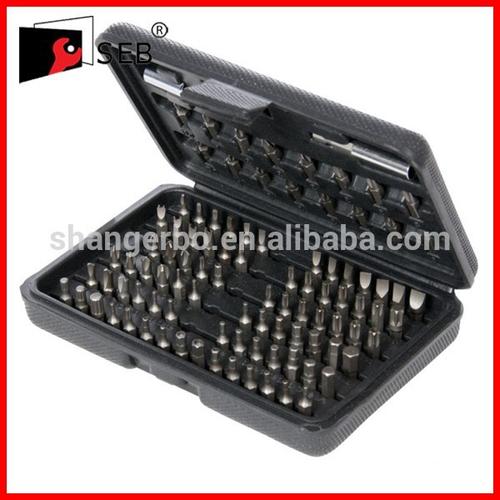
Driver Bits: A Comprehensive Guide
Understanding driver bits is crucial for anyone who works with mechanical fasteners. These small, often overlooked components play a significant role in the performance and longevity of your fastening systems. In this article, we will delve into the various aspects of driver bits, exploring their types, uses, and proper handling to ensure you get the most out of your tools.
What are Driver Bits?
Driver bits are specialized tools designed to fit into the sockets of an electric or manual driver. They are used to drive screws, bolts, and other fasteners into place. These bits come in various shapes and sizes, each designed to fit a specific type of fastener head.

Types of Driver Bits
Driver bits can be categorized into several types based on their design and the type of fastener they are intended for. Here are some of the most common types:
| Type | Description |
|---|---|
| Flat Head | Used for screws with flat heads, such as wood screws. |
| Philips | Intended for screws with a cross-shaped slot, commonly used in furniture assembly. |
| Pozi | Similar to Philips, but with a slightly different angle, designed for better grip and reduced cam-out. |
| Hex | Used for screws with a hexagonal head, commonly found in automotive and electronic applications. |
| Torx | Features a star-shaped head, providing a secure fit and reducing the risk of stripping. |
Choosing the Right Driver Bit
Selecting the appropriate driver bit is essential for efficient and effective fastening. Here are some factors to consider when choosing a driver bit:
-
Fastener Type: Ensure the driver bit matches the type of fastener you are working with, such as flat head, Phillips, or Torx.
-
Size: The driver bit should fit snugly into the socket of your driver. Using a bit that is too large or too small can damage the fastener or the driver.

-
Material: Some driver bits are made from high-quality materials like cobalt or titanium, which offer increased durability and resistance to wear.
Using Driver Bits Properly
Proper handling of driver bits is essential to prevent damage to the fastener, the driver, and the workpiece. Here are some tips for using driver bits effectively:
-
Align the Bit: Ensure the driver bit is properly aligned with the fastener head before applying pressure.
-
Apply Even Pressure: Use a consistent, even pressure when driving the fastener. Avoid applying excessive force, as this can cause the bit to strip or damage the fastener.
-
Use the Right Tool: Always use a driver bit that is designed for the specific fastener you are working with. Using the wrong bit can damage the fastener or the driver.
-
Keep the Bit Clean: Regularly clean your driver bits to remove debris and ensure optimal performance.
Maintenance and Storage
Proper maintenance and storage of driver bits can extend their lifespan and ensure they remain in good working condition. Here are some tips for maintaining and storing your driver bits:
-
Regular Cleaning: Clean your driver bits after each use to remove debris and prevent rust.
-
Use a Bit Organizer: Store your driver bits in a bit organizer to keep them organized and prevent damage.
-
Avoid Exposure to Extreme Temperatures: Store your driver bits in a cool, dry place to prevent damage from extreme temperatures.
Conclusion
Driver bits are essential tools for anyone working with mechanical fasteners. By understanding the different types of driver bits, choosing the right one for the job, and using them properly, you can ensure efficient and effective fastening. Remember to maintain and store your driver bits







